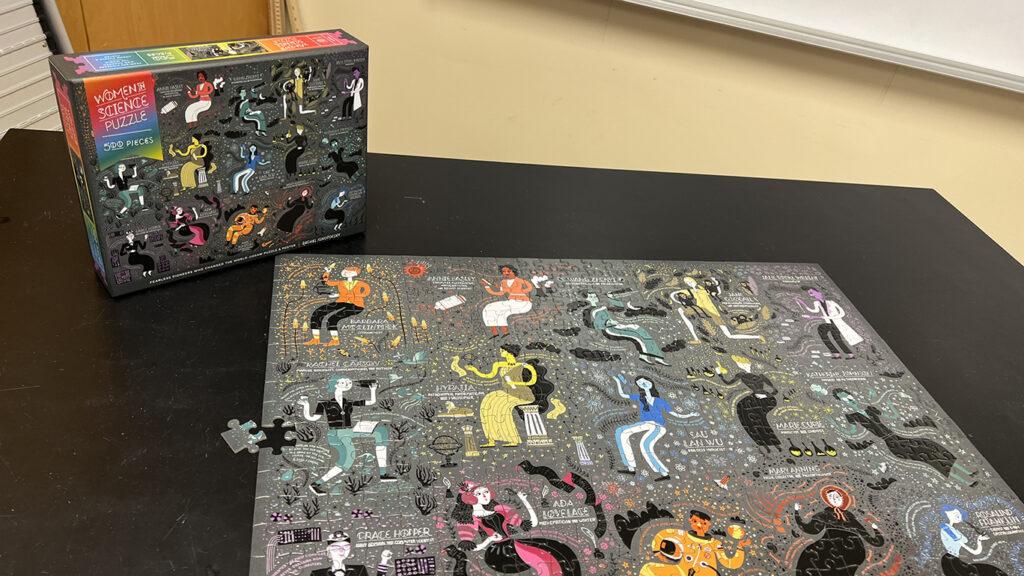
What would’ve happened in Cinderella if the evil stepsisters had been able to fit into the glass slipper? Disaster would’ve enveloped the entire kingdom. In a sense, migraines work the same way. Certain proteins, the nefarious stepsisters, regularly infiltrate the kingdom, and reside in the houses of the brain: the brain’s receptors. With the creation of new monoclonal antibody drugs; however, we can ensure that your neurological kingdom is safe from pain by blocking the kingdom’s gates.
Migraines, the world’s third most common disorder, are annoying for some, but are disabling for others. Numerous pathways in the brain cause migraines, and the number of pathways present depends on certain inherited genes. Richard Lipton, a neurologist from the Albert Einstein College of Medicine, states that certain genes are responsible for causing migraines: “There are more than 40 identified genes that contribute to the risk of migraine.” Despite the increased risk of migraines due to certain genes, the general understanding of what causes migraines is expansive. When the nerve cells in your brain become frenzied, they start a chain reaction that triggers several other nerves. These, in turn, release proteins that transmit pain signals that span throughout your head. The main culprit of your pain is the protein Calcitonin gene-related peptide, otherwise known as CGRP. Under normal circumstances, this peptide acts as a key component to blood vessel health by regulating the dilation of blood vessels, which allows more blood and oxygen to flow throughout your body when you need it. However, when excited brain nerves sound the false alarm for the release of CGRP, these proteins attach to receptors in your brain. Once it travels through the pathway and latches onto the receptors, the searing pain in your head begins due to the sudden signal for the rapid expansion of blood vessels.
But what if we could make it so that these proteins can’t fit into the receptors, thus preventing the pain? Here comes our hero: monoclonal antibodies. These are antibodies that are created by cloning white blood cells.Their job is to simulate the way the immune system reacts to harmful things in your body by attaching themselves to the CGRP. This changes the shape of the protein which prevents it from fitting into the receptors. Similar to a defective puzzle piece, monoclonal antibodies ensure that the key element of the migraine process would never be able to complete its painful mission.
Among those who have tried the new treatments, half of the subjects reported a 50% reduction in monthly migraines, and about one-third had a 75% reduction in migraine days. Preventing CGRP from clipping onto its receptors is a revolutionary advancement in solving one of the most common disorders. The creation of these antibodies is just one step towards bringing the world closer to a more comfortable neurological future.
Works Cited:
Banks, James. “CGRP: What You Need to Know.” National Headache Foundation, headaches.org/2018/01/16/cgrp-need-know/. Accessed 2 Mar. 2022.
Bannan, Karen J. “New drugs that block a brain chemical are game changers for some migraine sufferers.” Science News, 21 Mar. 2021, www.sciencenews.org/article/migraine-headache-new-drugs-block-brain-chemical. Accessed 2 Mar. 2022.
McRae, Mike. “We Just Got a Major Clue on How CGRP Contributes to Migraine in Our Nerve Cells.” Science Alert, 4 Feb. 2022, www.sciencealert.com/cells-tasked-with-insulating-our-nerves-could-play-a-role-in-triggering-migraines. Accessed 2 Mar. 2022.
Smith, Lori. “13 Things You Need to Know About Aimovig.” Edited by Katherine Hamilton. Migraine Again, 10 Feb. 2022, www.migraineagain.com/aimovig-guide/. Accessed 2 Mar. 2022.
Team, Editorial. “How Common is Migraine?” Migraines, Migraines Statistics, 19 Apr. 2021, migraine.com/migraine-statistics. Accessed 2 Mar. 2022.












